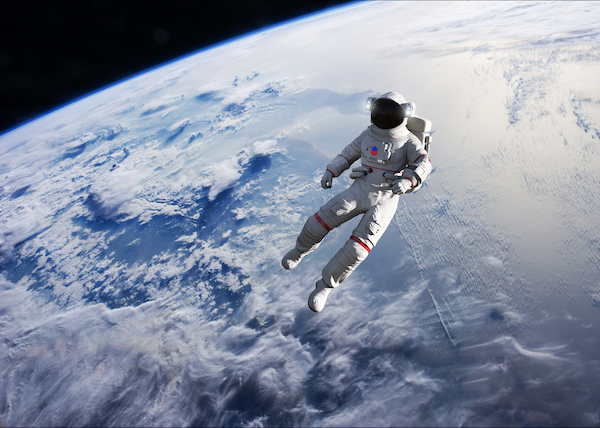One of the most critical devices for space exploration is the camera lens. Camera lenses allow research missions to take pictures and videos of their surroundings, which is invaluable for scientific research and public outreach.
Since very few people will visit many of these destinations, a carefully recorded video history is the next best thing. Learn more about how powerful optical lenses are advancing space exploration.
Digital Cameras Are Leading The Way
Digital cameras are becoming more popular for space exploration because they offer several advantages over analog cameras. Digital cameras are lighter and more compact, essential when every ounce counts in a space mission. They also have higher resolution than analog cameras, meaning you can get better pictures and videos with a digital camera. However, digital cameras are more expensive than analog ones, so you must weigh your needs before deciding.
Analog Cameras Cost Less
Analog cameras are the traditional type of camera used in space exploration. They are larger and heavier than digital cameras but are also less expensive. Analog cameras offer lower resolution than digital cameras, but they may be a better choice for missions where weight is a significant concern.
Once you have decided on the camera you want to use; you will need to choose a lens. Two main types of camera lenses exist wide-angle and telephoto. Wide-angle lenses are best for taking pictures of large objects, such as planets or stars. Telephoto lenses are best for taking close-up photos of small things, such as moons or asteroids. Before making a purchase, you will need to decide which type of lens is best for your needs.
Zoomable Lenses Gain
NASA uses rovers to examine planet surfaces closer. They now equip them with cameras with zoomable lenses to take highly close-up images. That gives their researchers detailed information about surface features.
They each have one telephoto lens and a single wide-angle lens. In addition, each camera takes images using a separate lens, which researchers can combine to generate highly detailed 3D views that provide a comprehensive vision of the photographic subject.
The primary benefit of this type of configuration is that the same camera can send panoramic or detailed images. That saves on bandwidth, storage, and transmission from outer space!
Optical Zoom Lenses Meet Needs
Optical lenses solve many of the issues related to photographing outer space. For example, NASA used optical zoom lenses in the Space Shuttle Payload bay’s Closed Circuit TV (CCTV) cameras. Astronauts may adjust the focal length of a lens to magnify or minimize the size of objects visible within their camera frame of view by zooming. Standard lenses need a minimum focus of three feet, while telescopic lenses require no limit.
CCTV and optical lenses serve numerous purposes for space exploration and will likely be a part of most missions. Since they can help with everything from system monitoring to research data mining and analysis, they become an extra set of eyes that are accurate and precise.
